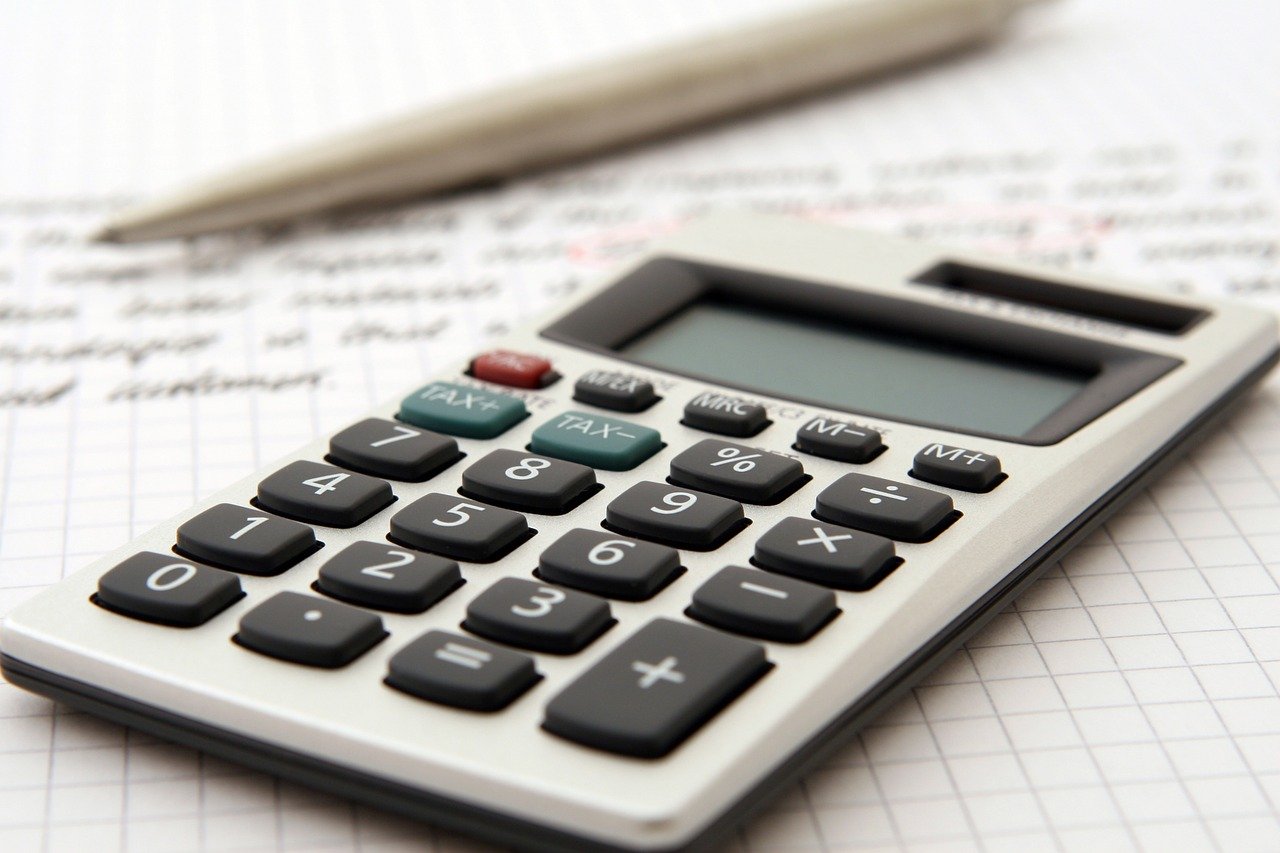
How to navigate tax season and your refunds
Tax season can be one of the most glorious times of year for some. If they’re sure of a tax refund, it can mean a bigger chunk of change at their disposal. But for others, tax season can be a source of trepidation and confusion.
How do you manage all of these documents? Who can I turn to? What’s the responsible thing to do with my refund?
While the goal for anybody should be to break even come tax time, most people don’t reach that mark. According to the United States Treasury Department, only 6 percent of taxpayers are projected to break even in 2019. Some 76 percent of people will get a tax refund of some amount.
We’re here to ease your fears. Here are some tips you can use to properly prepare for your taxes. And if you do receive a tax refund, we have recommendations for how you should use that money.
Tax preparation
Every person should have a tax preparer they trust. Whether it’s a friend who is a certified public accountant, a local company or a place you’ve been using for years, having an in-person meeting with a preparer is important for getting taxes done right and maximizing your refunds.
A real person preparing your taxes may also help you get closer to breaking even on next year’s taxes, which is always the ultimate goal. If you’re unsure what tax documents you’ll need for a tax filing, call your preparer. Some of the common documents are W2 (for a job), variations of 1099 (for interest/investments) and 1098s (mortgage interest, student loans, etc.).
Bring your documents to your preparer, who will sit down with you and discuss different tax scenarios and information. The preparer will let you know your tax refund or payment. Then you play the anxious waiting game for your money to arrive in your bank account.
What to do with those refunds
The average tax refund has hovered just below $3,000 per person for the past few years. That large sum of money can be tempting to spend—go on a vacation or put a down payment on a car. But that’s not the smart way to use it.
That money should be saved, either in an emergency fund—about six months’ worth of your living expenses—or in a retirement account. Roth IRAs are a good place to put that cash for retirement. Roth accounts are beneficial because the after-tax money put in isn’t taxed again. That includes the growth on that money as well. Using your money in this fashion can only make your retirement years comfier.
As a generic example, starting at 25 years old, if a person invests $3,000 of their tax refund every year into something that earned 8 percent per year, that investment would grow to over $850,000 by the time they are 65. That’s a difference-maker!
Do us a favor this tax season: Be smart in how you plan for that tax refund. It could make a big different down the road.
